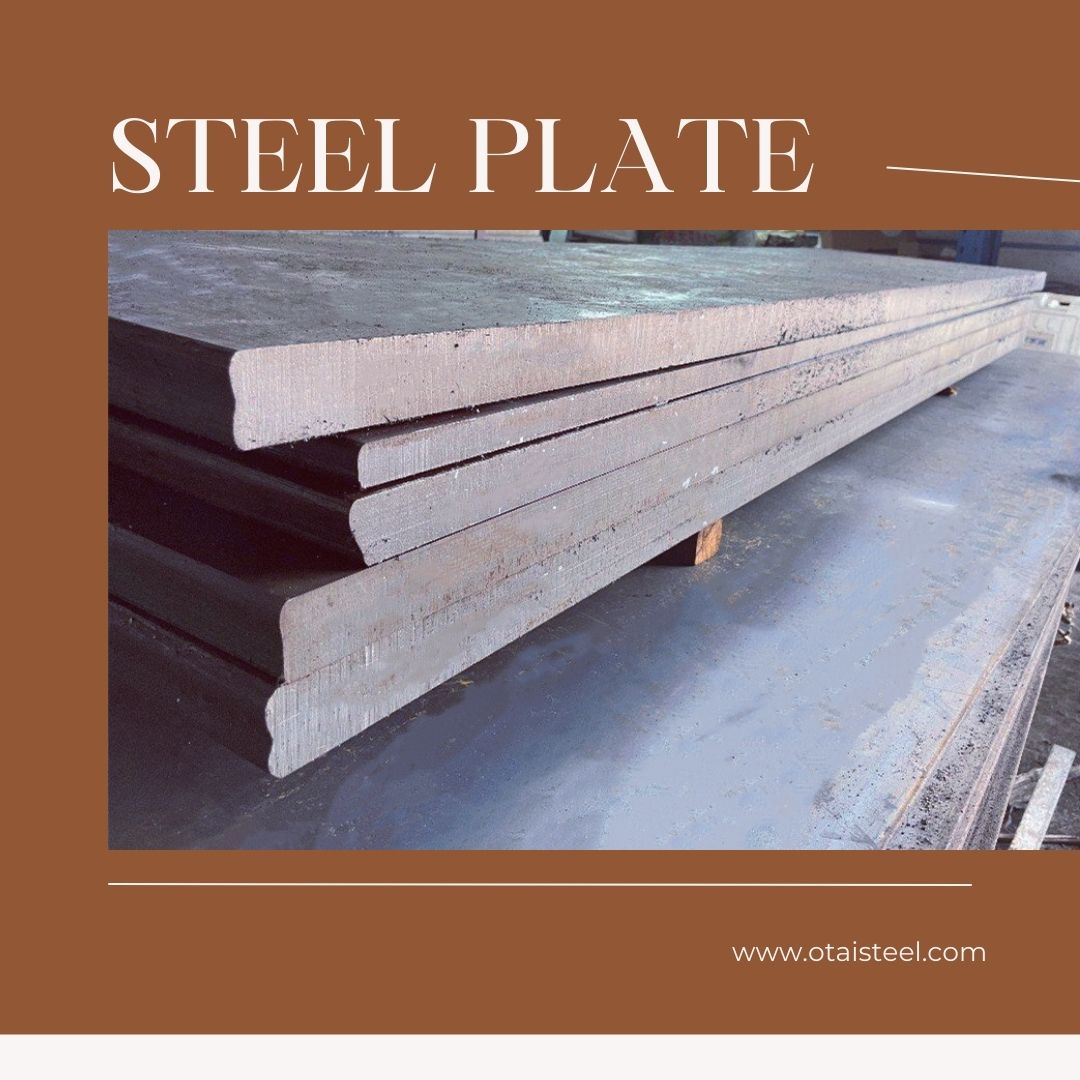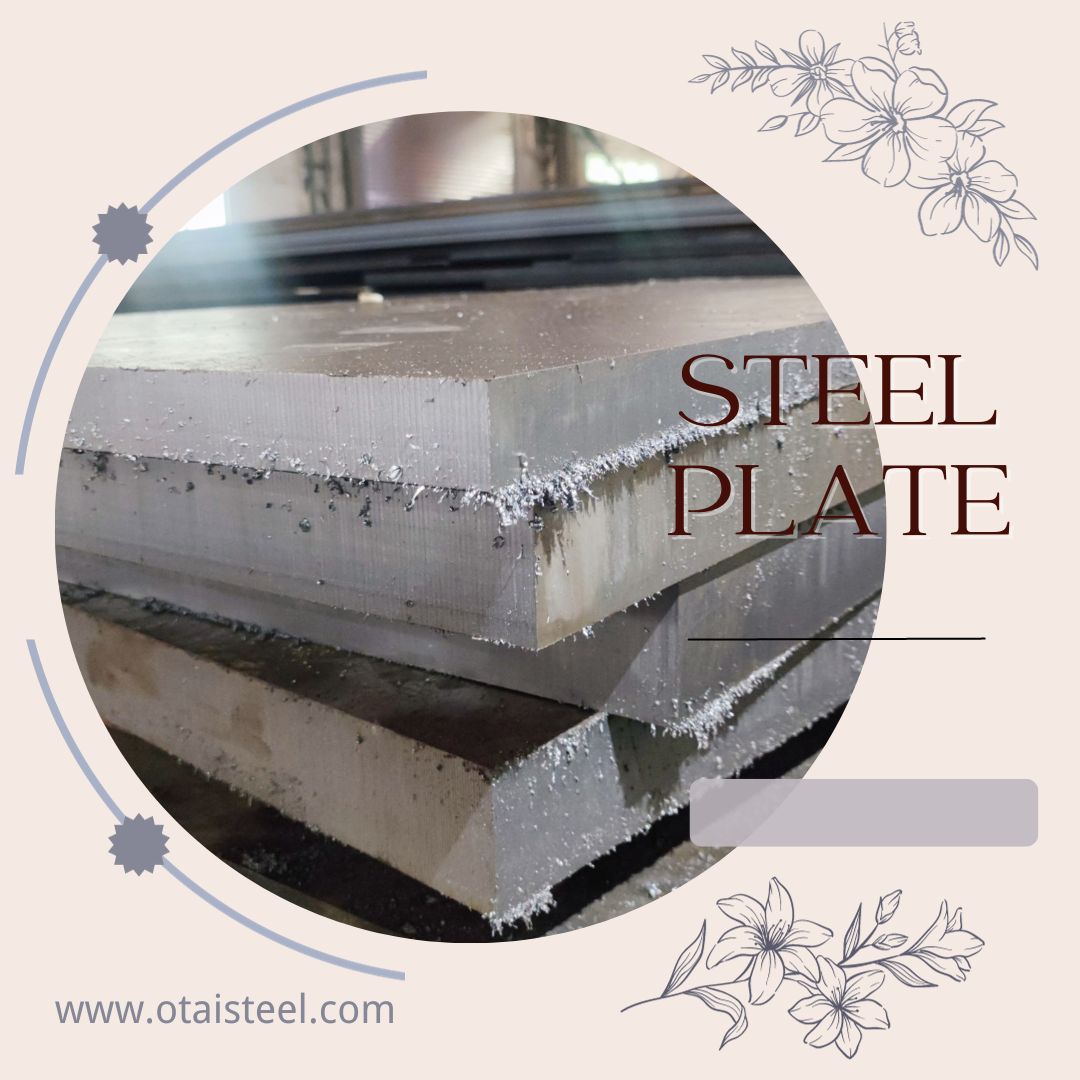Why 18CrNiMo7-6 Steel Stands Out in Materials Selection
In the realm of materials selection, where strength, durability, and versatility reign supreme, 18CrNiMo7-6 steel emerges as a standout choice. This alloy, with its unique composition and remarkable properties, has earned its place as a go-to material in various industries. Let’s embark on a journey to understand why 18CrNiMo7-6 steel stands out in the crowded landscape of materials selection.
The Alchemy of Composition
At the heart of 18CrNiMo7-6 steel’s exceptional performance lies its well-balanced composition. Comprising chromium, nickel, and molybdenum, this alloy achieves a harmonious blend of toughness, hardenability, and corrosion resistance. The synergy of these elements results in a material that can withstand the most demanding conditions across diverse applications.
1. Versatility Redefined
One of the defining features that set 18CrNiMo7-6 steel apart is its unparalleled versatility. From aerospace engineering to marine applications, this alloy seamlessly adapts to a myriad of industrial needs. Its adaptability is akin to a chameleon, effortlessly integrating into different environments and fulfilling diverse roles across sectors.
2. Exceptional Strength for Rigorous Demands
In the world of materials, strength is not just a desirable trait; it’s often non-negotiable. 18CrNiMo7-6 steel boasts exceptional tensile strength and toughness, making it the material of choice for applications subjected to high stress and heavy loads. It’s the backbone of machinery and components that endure the relentless demands of industrial operations.
3. Hardenability: Where Toughness Meets Endurance
The ability of a material to withstand wear and tear is a critical factor in its suitability for industrial use. 18CrNiMo7-6 steel, with its excellent hardenability, ensures that components retain their structural integrity even under the most challenging conditions. This feature is akin to giving the material an armor that guards against fatigue and extends its service life.
4. Corrosion Resistance: Defying the Elements
Corrosion can be the silent nemesis of many materials, silently eroding their strength and integrity. 18CrNiMo7-6 steel, however, defies the elements with its commendable corrosion resistance. Whether exposed to the corrosive forces of seawater in marine applications or the harsh chemicals in industrial settings, this alloy remains resilient, standing the test of time.
5. Aerospace Excellence
The aerospace industry demands precision, reliability, and materials that can withstand extreme conditions. 18CrNiMo7-6 steel, with its exceptional properties, finds itself at home in the construction of critical aircraft components. From landing gear to transmission systems, this alloy ensures that the skies remain a domain of safety and precision.
6. Oil and Gas Endurance
In the unforgiving landscapes of oil and gas exploration, equipment faces challenges that demand unwavering endurance. 18CrNiMo7-6 steel, with its robust nature, becomes an invaluable asset in the construction of drilling tools. Its capacity to withstand the pressures of deep-sea exploration and harsh terrains cements its role in the energy sector.
7. Automotive Resilience
The automotive industry, a hub of constant motion and varying temperatures, relies on materials that can keep pace with its demands. 18CrNiMo7-6 steel contributes significantly to the manufacturing of engine components, gears, and drive shafts. Its ability to endure the rigors of the road ensures that vehicles powered by this alloy go the extra mile.
8. Powering the Future: Energy Generation
Power generation facilities, be they conventional or renewable, require materials that can endure the heat of transformation. 18CrNiMo7-6 steel, with its heat resistance, becomes an integral part of turbines and other components critical to energy generation. It’s the backbone that powers the future with reliability and efficiency.
Conclusion: Elevating Industries, One Alloy at a Time
In the grand tapestry of materials, 18CrNiMo7-6 steel emerges as a thread of resilience, strength, and adaptability. Its unique composition and exceptional properties make it a material beyond compare, elevating industries and setting new benchmarks in performance. As we witness the ongoing evolution of technology and industry, the role of 18CrNiMo7-6 steel stands tall, a testament to the ingenuity of materials science.
 Corrosion Resistance in 18CrNiMo7-6 Steel
Corrosion Resistance in 18CrNiMo7-6 Steel Manufacturing Challenges with 34CrNiMo6
Manufacturing Challenges with 34CrNiMo6